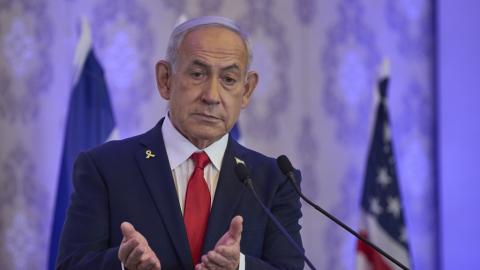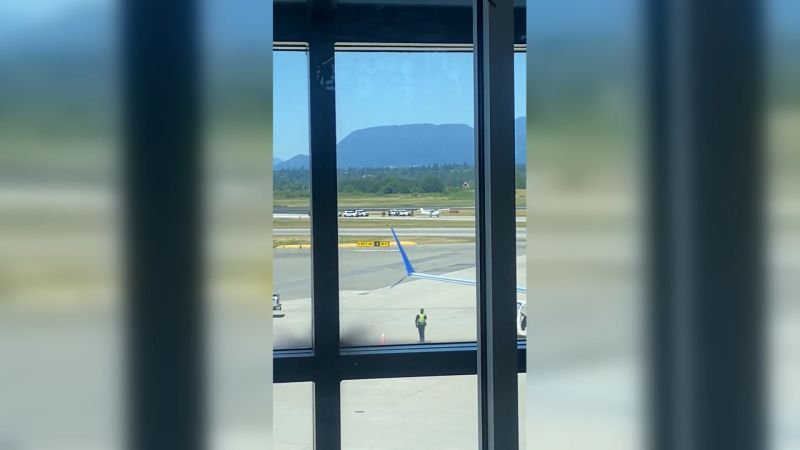Israel’s Security Cabinet to Determine War Strategy Amid Controversy

In a pivotal meeting today, Israel’s Security Cabinet will define its strategy in the ongoing conflict with Hamas. This decision is expected to significantly impact both the future of Gaza and the status of hostages held by the militant group. Prime Minister Benjamin Netanyahu emphasized that the cabinet’s objectives will focus on achieving the complete defeat of Hamas and securing the release of hostages.
The proposed military campaign may involve up to five divisions of the Israel Defense Forces (IDF) and could span as long as five months. Additionally, plans are underway for the potential relocation of up to one million residents from Gaza. Jonathan Conricus, a former IDF officer now with the Foundation for the Defense of Democracies, underscored the gravity of the situation, stating, “It’s either do or die.” He warned that succumbing to international pressure might lead to Hamas gaining recognition and a catastrophic outcome for Israel.
As the Security Cabinet convenes, new evidence has emerged regarding allegations of staged photographs depicting starvation in Gaza. A report from the German publication Bild has been cited by Israeli President Isaac Herzog, who stated, “We see a PR campaign like this one.” Herzog pointed out that some images show individuals posing amidst food supplies, indicating a manipulation of public perception. He insisted that Israel is providing substantial humanitarian aid and urged the international community to recognize the truth.
“We don’t shy away from the humanitarian need to help the people of Gaza,” Herzog declared, while also calling for condemnation of Hamas’s actions. He added, “You want to move on? Get the hostages out.”
Conricus corroborated Herzog’s remarks, referencing the longstanding issue of photo manipulation within Gaza. He noted that photographers, some affiliated with reputable news agencies, have historically staged images to convey a narrative. The terms “Gazawood” and “Pallywood” have emerged to describe this phenomenon, wherein Hamas and allied groups create staged scenes to influence media coverage.
“Sadly, Hamas is manipulating international media,” Conricus asserted. He criticized how the media has been drawn into sensational narratives that distort the reality on the ground.
In a further examination of the media coverage surrounding the so-called “Starvation in Gaza” campaign, Gil Hoffman, director of media watchdog HonestReporting, expressed concern over inaccuracies. He stated, “There is food in Gaza. You can go into a market right now.” Hoffman claimed that Israel has supplied unprecedented amounts of food and aid to Gaza, more than any other instance in history, yet the media continues to propagate narratives that suggest otherwise.
The meeting of Israel’s Security Cabinet and the mounting controversies surrounding the portrayal of the humanitarian situation in Gaza highlight the complex interplay of warfare, media representation, and international diplomacy. As decisions are made, the world will be watching closely to see how the conflict evolves and what implications it holds for both the region and global relations.






